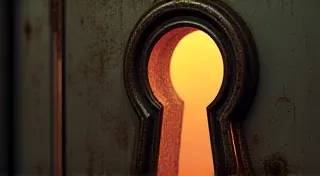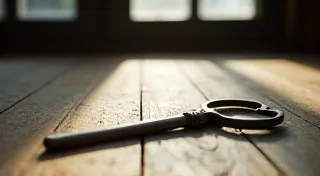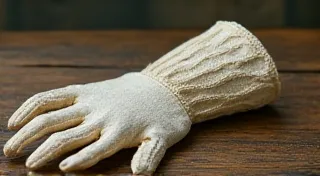The Echo Chamber of Keys: Reclaiming Voices from the Past
The scent hits you first. A subtle blend of dried ink, aged paper, and something indefinably…historical. It’s the aroma of stories, of countless drafts and revisions, of late nights fueled by ambition and the clatter of keys. It's the smell of a vintage typewriter ribbon, and it transports me instantly. I remember my grandfather’s study, bathed in the amber glow of a desk lamp, the rhythmic tapping a comforting soundtrack to a childhood filled with quiet observation. He wasn’t a novelist; he was an accountant, a man of numbers and precision. Yet, his typewriter, a sturdy Underwood, felt like a portal to a different world.
Those machines, these silent witnesses to human endeavor, are more than just office supplies. They are artifacts. Each click and clack represents a moment of creation, a tangible link to the writers, poets, and everyday communicators who relied on them. They held the hands of countless individuals, from Hemingway crafting his prose to a young woman diligently composing letters to a sweetheart overseas. To restore a vintage typewriter ribbon isn’t simply a technical exercise; it’s an act of reverence, a way of listening to the echoes of those past voices.
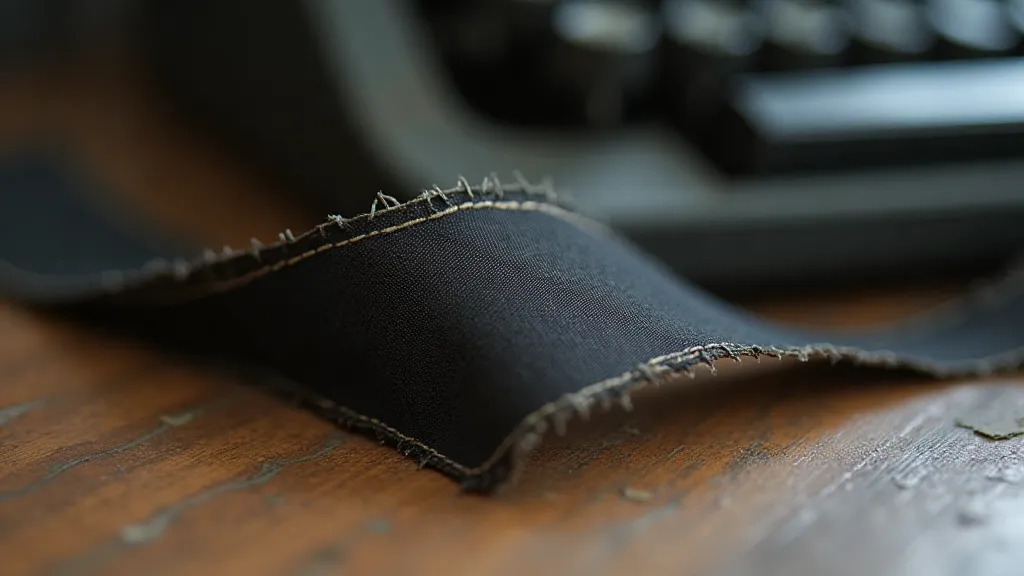
The Rise and Fall of the Ribbon: A Historical Context
The typewriter's ascent in the late 19th and early 20th centuries profoundly reshaped the landscape of communication. Before, correspondence and documents relied heavily on laborious handwriting. The typewriter offered speed, legibility, and a burgeoning sense of professionalism. The ribbons themselves, initially made from dyed silk, were a crucial component. Early ribbons were delicate, prone to fraying, and expensive. As technology advanced, nylon replaced silk, offering greater durability and affordability. The mid-century saw a vibrant market for typewriter ribbons, offered in a rainbow of colors – a testament to the growing personalization of office supplies.
The advent of computers and word processors ultimately signaled the typewriter’s decline. Yet, the shift wasn't sudden. For decades, typewriters and computers coexisted, each serving different needs. The distinctive typeface and tactile feel of the typewriter continued to hold appeal, particularly for those seeking a more deliberate and focused writing experience. Now, a renewed appreciation for vintage typewriters is blossoming – driven by a desire for authenticity, a rejection of digital overload, and a yearning for tangible connections in an increasingly virtual world.
The Crumbling Legacy: Why Restoration Matters
Vintage typewriter ribbons, unlike the machines themselves, are notoriously fragile. Time and environmental factors take their toll. The nylon fibers become brittle, the ink dries out, and the ribbons often crumble at the slightest touch. Many are lost to neglect, discarded as relics of a bygone era. The thought of these silent carriers of stories simply disintegrating is profoundly disheartening.
Restoring a ribbon isn’t about returning it to a pristine, factory-fresh state. That's often impossible and arguably detracts from its history. It's about stabilizing it, preventing further decay, and preserving the evidence of its past use. A faded ink line might signify a crucial edit, a small tear could mark a moment of frustration or inspiration. These are all part of the story. It’s about understanding the delicate balance between preservation and authenticity.
The Craft of Reclamation: A Gentle Process
The restoration process itself is an exercise in patience and reverence. It begins with a careful assessment of the ribbon’s condition – identifying the type of material, the extent of damage, and the presence of any significant ink residue. Cleaning is often necessary, using gentle solvents to remove surface grime and dust. Re-spooling the ribbon, often requiring careful manipulation and the creation of custom spools, is another critical step. The goal is to ensure even tension and prevent further stress on the delicate fibers.
There’s a profound satisfaction in working with these fragile artifacts. It's a mindful practice, a chance to slow down and appreciate the skill and craftsmanship that went into their original creation. It's also a reminder of the human connection embedded within these seemingly inanimate objects. Imagine the countless hands that have touched this ribbon, the stories it has witnessed.
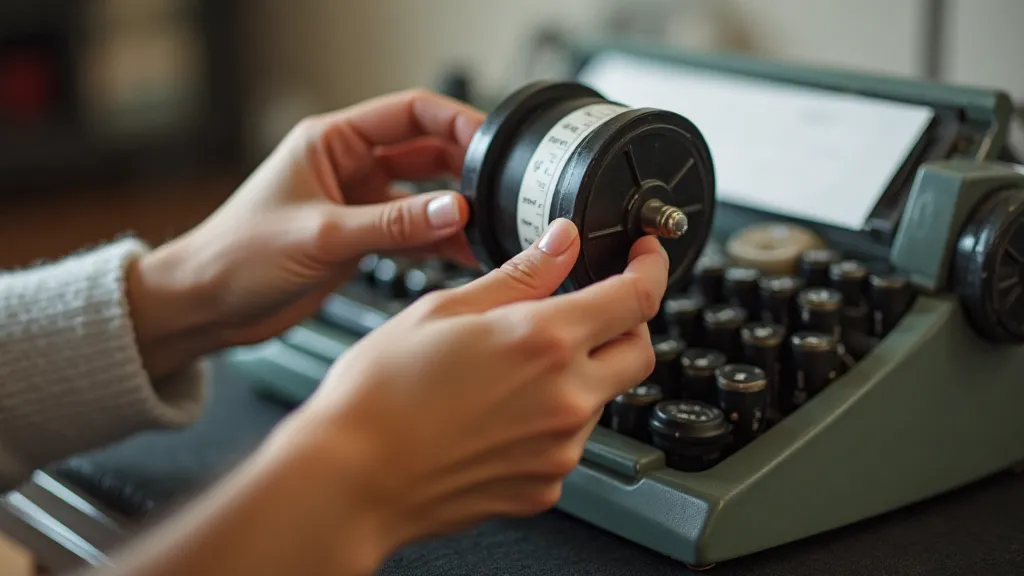
Beyond the Technical: An Emotional Connection
For me, restoration isn’t solely about the technical aspects. It’s about empathy. It’s about trying to imagine the life of the person who used that ribbon. Were they a journalist racing to meet a deadline? A soldier writing home to loved ones? A student painstakingly composing a college application? Each ribbon carries a silent biography, a faint echo of a human story.
This isn’t simply nostalgia; it’s a recognition of the power of tangible objects to connect us to the past. We live in an era of fleeting digital interactions, where information flows freely but often lacks depth and meaning. Vintage typewriters and their ribbons offer a counterbalance—a chance to engage with history in a tactile and meaningful way.
Collecting and Preservation: A Growing Community
The resurgence of interest in vintage typewriters has fostered a thriving community of collectors, restorers, and enthusiasts. Online forums and social media groups provide a platform for sharing knowledge, exchanging parts, and celebrating the beauty and functionality of these machines. This collaborative spirit is vital for ensuring the preservation of typewriter history.
For those interested in collecting, ribbons are often overlooked, yet they are integral to the typewriter experience. A ribbon in good condition can dramatically enhance the value of a typewriter. Even a damaged ribbon can offer a fascinating glimpse into the machine's past.
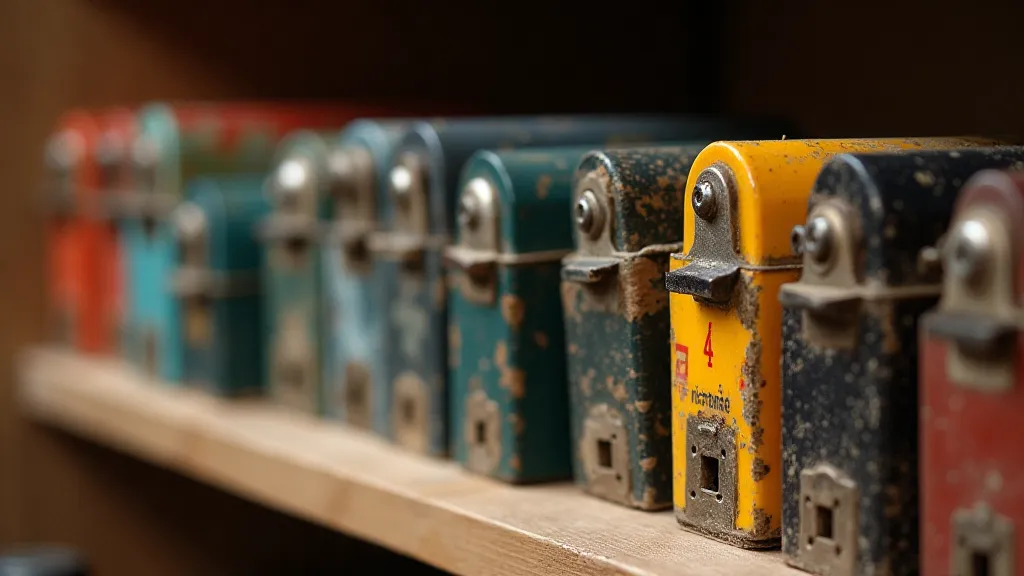
The Lasting Echo
Restoring a vintage typewriter ribbon isn’s just about salvaging a piece of office equipment; it’s about reclaiming a piece of history. It's about honoring the hands that crafted them, the stories they carried, and the enduring power of the written word. It’s about listening to the echo chamber of keys, a chorus of voices whispering from the past, reminding us of the beauty and resilience of the human spirit. And, in a world increasingly defined by the ephemeral, it's a connection well worth preserving.

